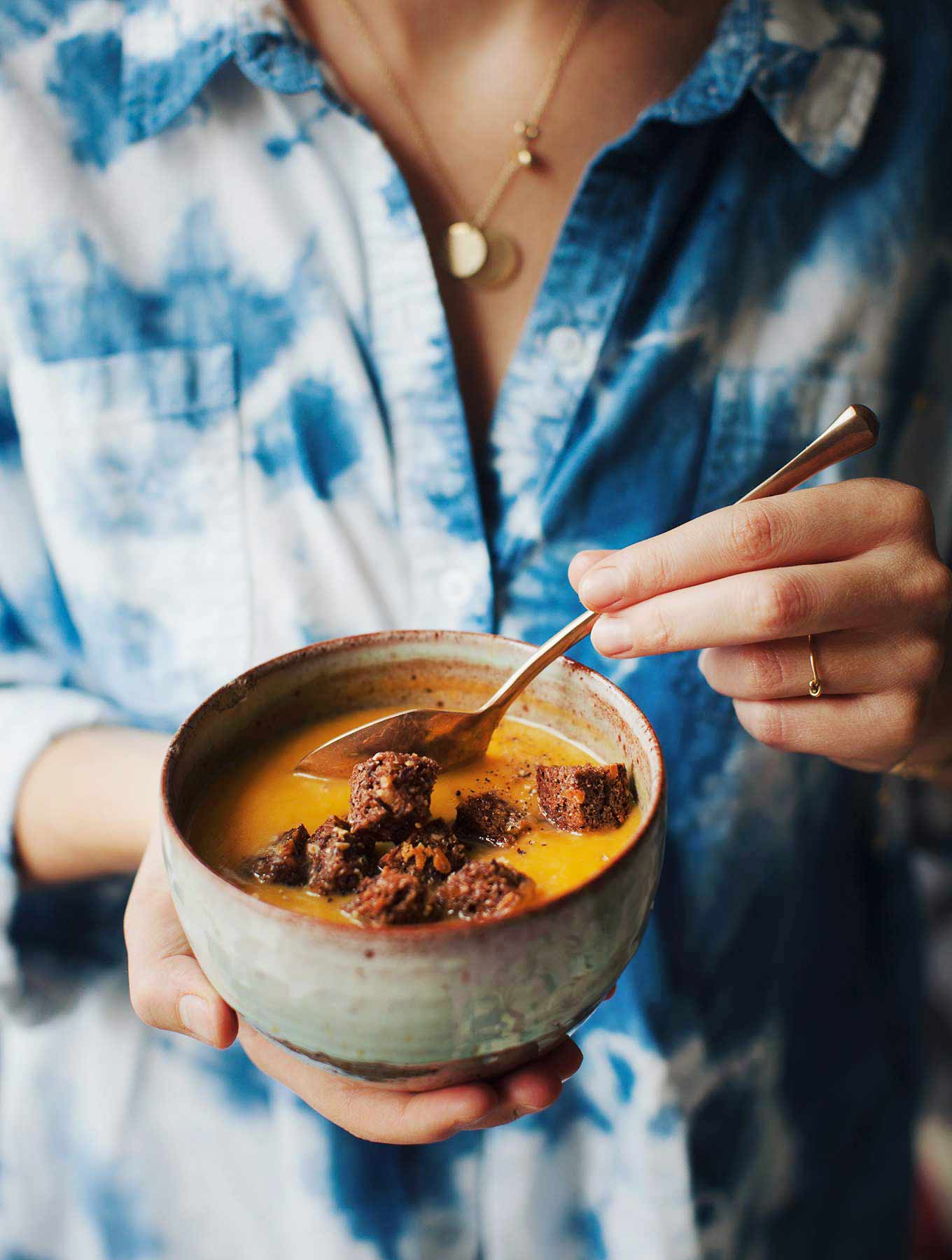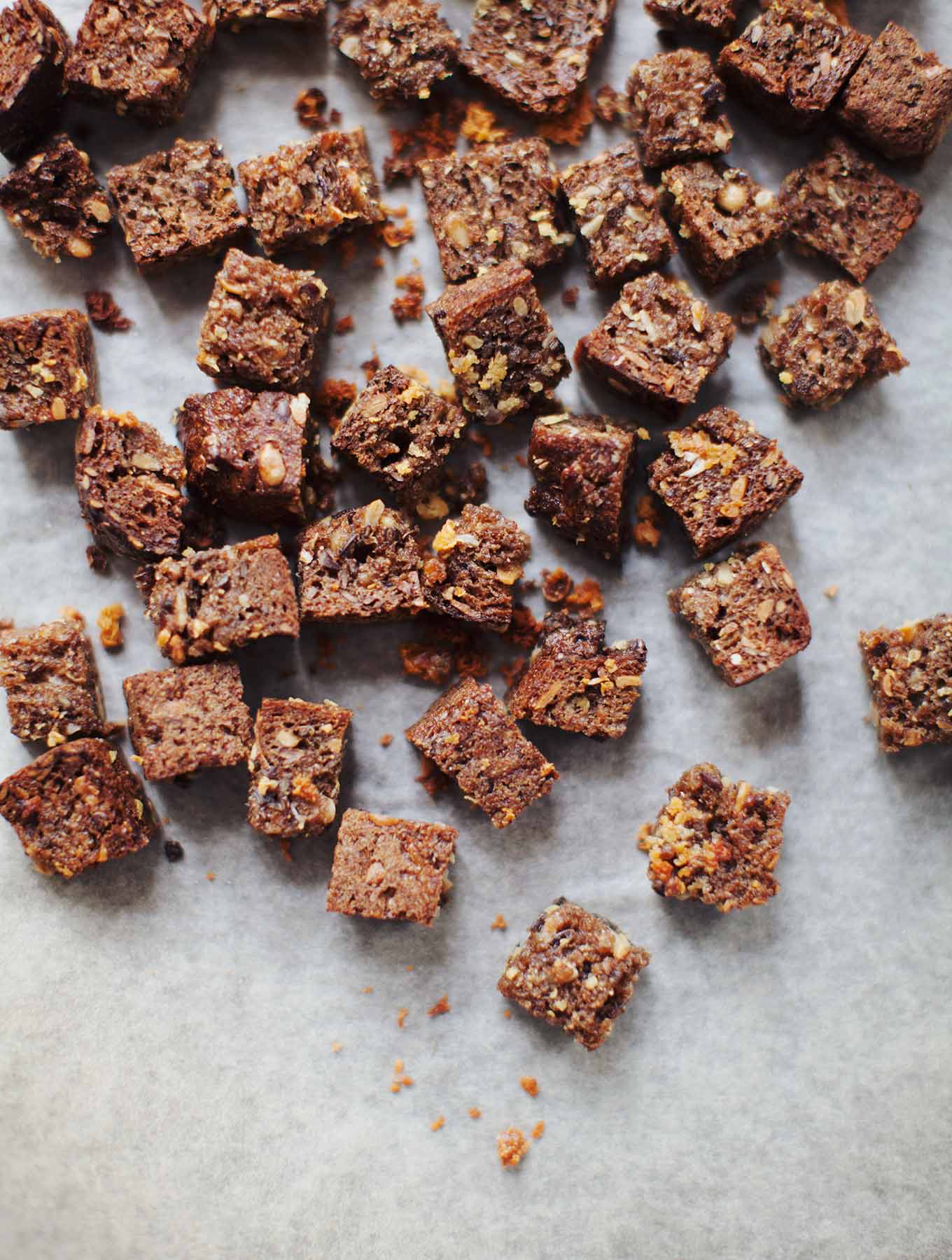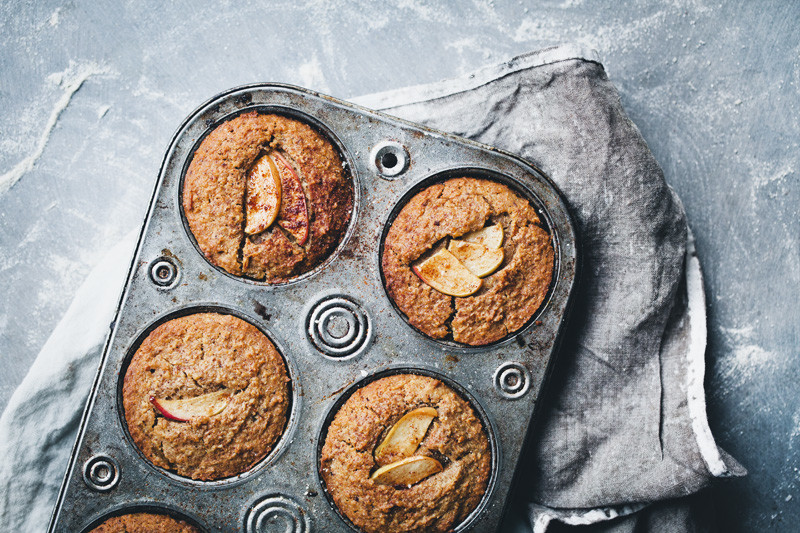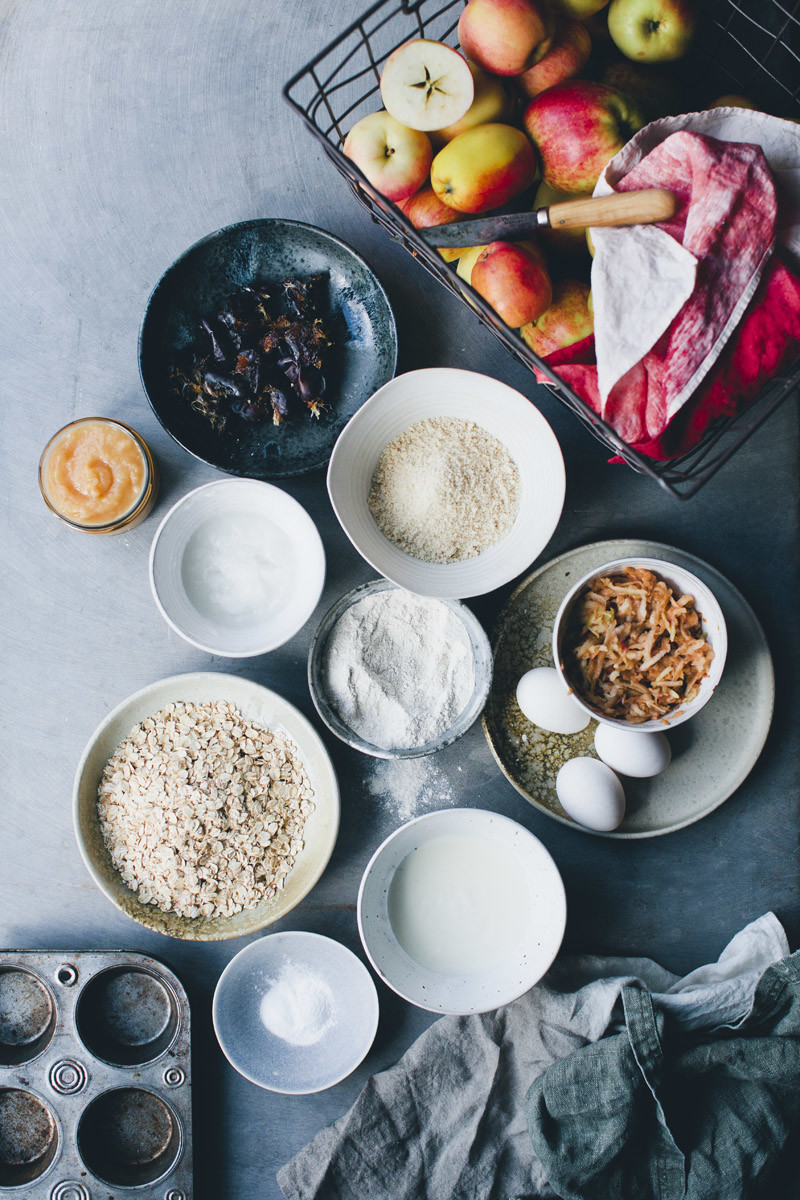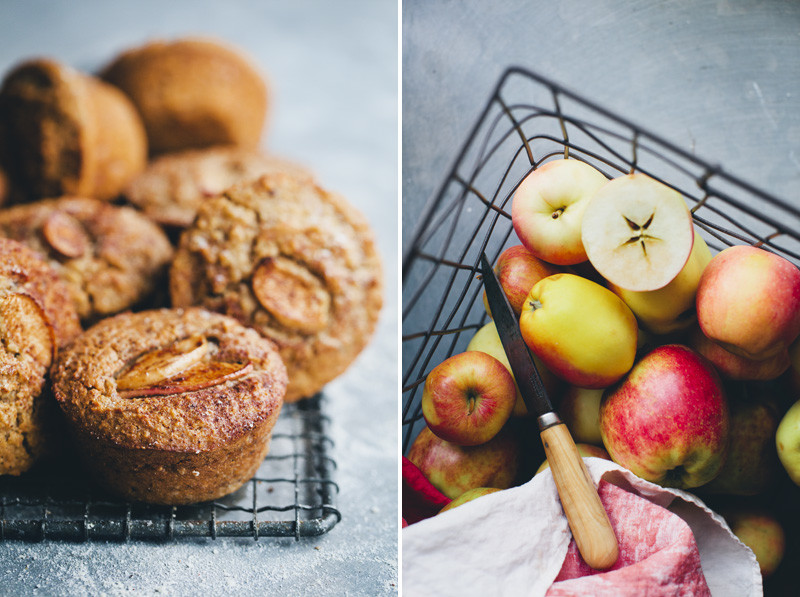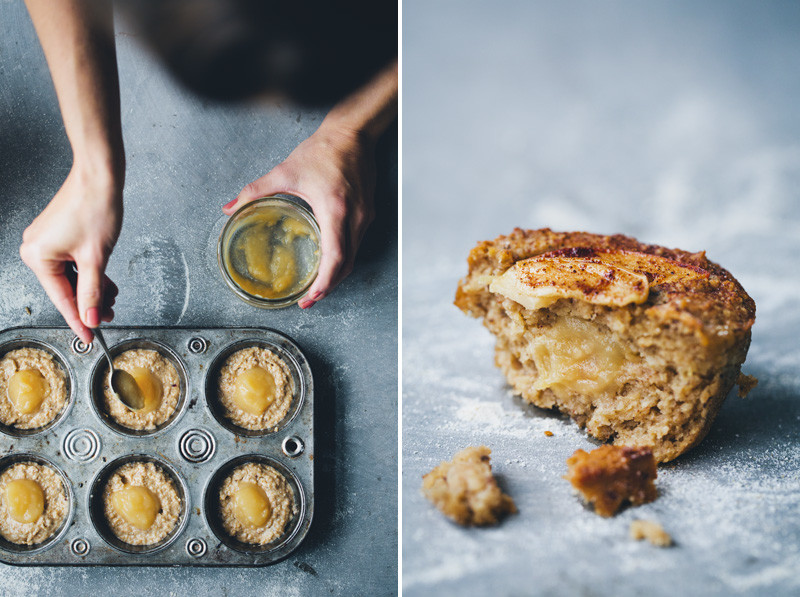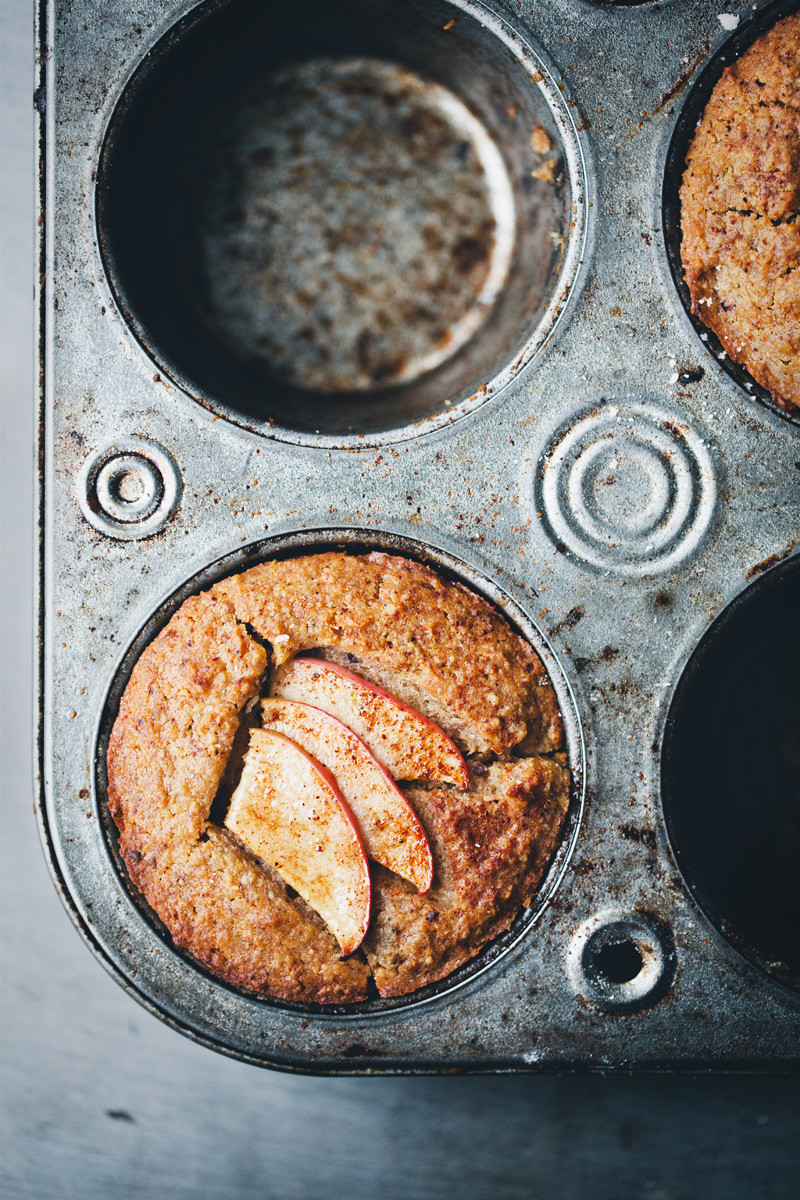Back in the summer, I was asked to be the guest chef at a restaurant here in Copenhagen for the upcoming fall season. But not just any restaurant: a hyper-local organic restaurant sourcing 95% of their ingredients from within 200 kilometers of their front door, and one that holds classes to educate and inspire city dwellers to eat sustainably all year round. Oh, just kind of up my alley. And it is run by a woman who I clicked with instantaneously, our first conversation touching on everything from mushroom foraging to manifesting one’s own reality through the power of positive thinking. I said yes because I was so moved by her ultimate mission, what the restaurant stood for, and not really taking into account that I hadn’t cooked in a professional kitchen in many years. But after giving me permission to call the event “The Grand Pumpkin Orgy”, how could I possibly say no?
Fast forward a few months to a couple weeks ago. I am standing at the cutting board preparing vegetables for soup. The soup to be served at the restaurant, which will be full of guests, all there to eat my food. I feel confident and excited, using all of my pumpkin comprehension to develop a menu of stellar proportions, and not letting the true weightiness of the event bog me down. Once cooked, everything goes into the blender. I puree it. I taste it. And it’s delicious. Without any major adjustments at all, it is exactly what I wanted it to be: clean and pure and tasting of the ingredients it is made with, only better.
Then the doubt creeps in. Wait a second. That was easy. Is this really good enough? How can I serve such a simple dish to all these people with undoubtedly high expectations of what this dinner is supposed to be? Why did I ever think I could do this in the first place?! BAH!
I brought my recipes in for the chef to review, sheepishly handing them over as if there was something wrong with them; not impressive enough, flashy or complex – just what I believed to be delicious. After a raised eyebrow, he said that he wasn’t sure apple and butternut squash would go together. I gulped, but told him as confidently as I could that I believe in the intelligence of the season, and trust that whatever grows together, goes together. Right?
The soup was a hit. Clean and pure and tasting of the ingredients it was made with, only better. Not only was the chef impressed (and later excused himself for judging my soup before making it himself), but the guests as well. As I went around to the tables asking everyone how it was, they all reaffirmed my belief that my instincts are not completely out of whack, and that, quite simply, good ingredients make great food. After several years eating locally-grown, seasonal produce I’ve learned that you can pretty much step back and let the ingredients do the work for you, since true deliciousness needs little intervention. Cooking like a pro, to me, means respecting the ingredients and doing as little as possible to bring out their tastiness.
So, this soup is that soup. The one I served at the restaurant to all of those people that scared me, but also reminded me that simple is best. It is a deep and delicious love song to autumn. The ingredients are inexpensive, widely available and the process is foolproof. It’s an oven soup! That’s right: everything cooked together right on a baking sheet so there isn’t even a pot to wash. Me likey.
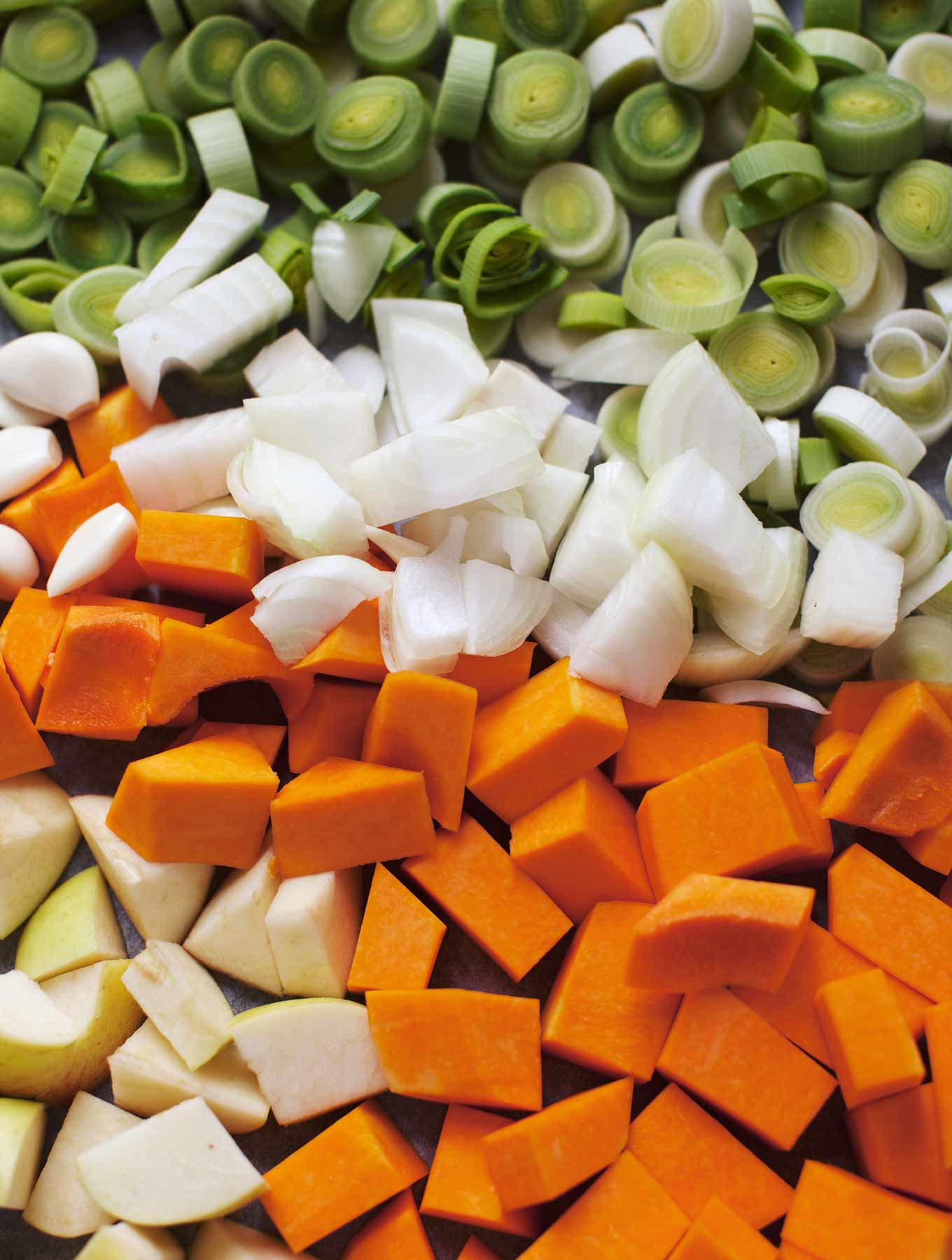
Butternut Squsah: the Nutrient Storage Facility
Winter squash rocks because it is a virtual storehouse of nutrients. Unlike summer squash (re: zucchini, crooknecks, pattypans), winter squash has had a lot more time to develop and pump itself full of vitamins and minerals throughout its lengthy life on the stem. We’re talking oodles more vitamin A (in the form of beta-carotene), vitamin C, manganese, potassium, and even some extra dietary fiber thrown in. This combination of nutrients spells good news for asthma sufferers, those with heart disease, elevated cholesterol, or inflammatory conditions such a rheumatoid and osteoarthritis.
Nature designed summer squash to be rather delicate, with a high water content for those hot summer days when we need a cool down. Naturally, their shelf life is rather short during our abundant harvest season when produce is plentiful. On the flip side, winter squash has a tough outer skin and lower water content, which allows it to be stored for a very long time – some varieties up to six months. This means that we can keep these vitamin bombs around for a long time after the first frost to provide our bodies with the nutrition we need to see us through the long months of winter when there is nothing fresh in sight.
Put that in your oven and roast it!
The Garlicky Rye Bread Croutons, although an additional element to create, are the crowning glory of the dish, and really make it special. If you’re not into bread, try toasting some pumpkin seeds for the top, or something else crunchy to add contrast to the silky smooth soup.
It begs mentioning that the apple cider vinegar in this recipe is not optional. Why? Because it adds acidity. Acidity is the one thing missing in almost every home cook’s food because, well, we are never really taught about its importance. If you read the introduction in my cookbook, I have a section called “The Holy Trinity of Flavour” explaining that salt, sugar and acid are the three foundation flavours of any successful dish. Adding just a touch of apple cider vinegar or lemon juice to almost anything you make (no kidding!) heightens and brightens the other flavours and creates a surprising balance of tastes. Try it and see for yourself.
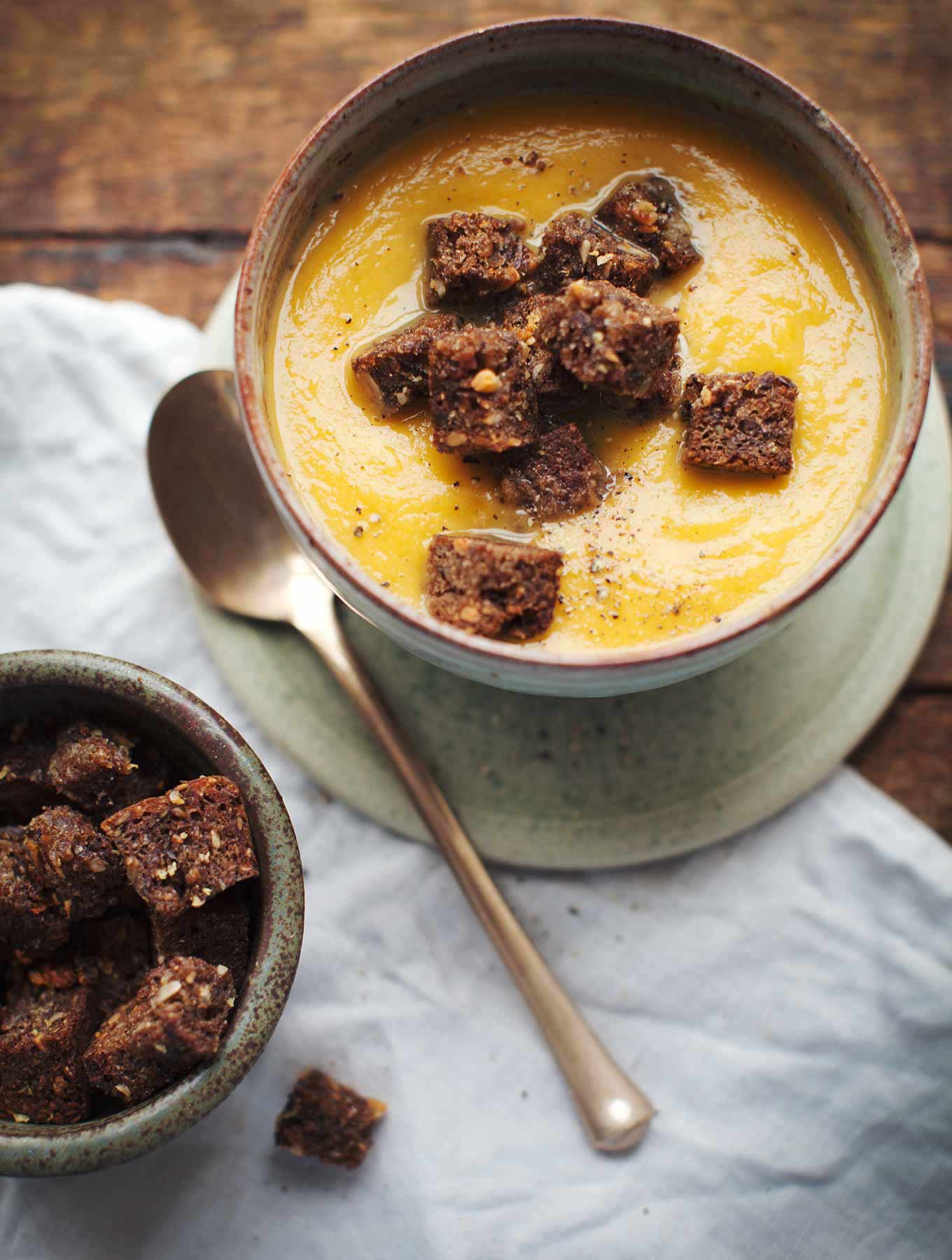
Makes at least 2 quarts / 2 liters, Serves 4-6
Ingredients:
2 Tbsp. melted coconut oil (or ghee)
3 leeks
1 medium onion
5 cloves garlic
1 large butternut squash (mine was about 2 lbs. / 1 kg)
1 large, tart apple
4 – 6 cups / 1-1½ liters vegetable broth, as needed
1 tsp. fine grain sea salt
1 tsp. ground cumin
½ tsp. ground cardamom
½ tsp. ground star anise
apple cider vinegar to taste (start with ½ tsp. up to 1 Tbsp.)
1 batch Garlicky Rye Bread Crouton (recipe to follow)
Directions:
1. Preheat oven to 400°F / 200°C.
2. Prepare all vegetables: chop leeks and onions, peel garlic (but leave it whole), peel butternut and cut into cubes, chop apple.
3. Place all vegetables on a baking sheet with the coconut oil, toss to coat, and set in the oven to roast for 25-35 minutes until tender.
4. Transfer roasted vegetables to a blender and add the spices and hot vegetable stock (you may need to work in batches). Blend on high until completely smooth. Taste, then add salt and apple cider vinegar, blend and taste again. Adjust seasoning to your taste, and add stock until the desired consistency is reached: I like mine quite thin so I use the full 6 cups / 1½ liters of stock.
5. Transfer soup to a large cooking pot over medium heat to warm, if necessary. Divide soup equally among bowls and serve with the Garlicky Rye Bread Croutons and freshly cracked black pepper.
Garlicky Rye Bread Croutons
Serves 4
Ingredients:
2 cups / 200g stale dark sourdough, cut into generous cubes (any bread here would work, but make a healthy choice)
1 Tbsp. coconut oil or ghee (ghee is definitely the tastiest)
2 fat cloves garlic, finely minced or grated on a microplane
a couple pinches flaky sea salt
Directions:
1. Melt oil in a small saucepan over low heat. When it is melted, add the garlic and stir to combine. Cook just until the garlic starts to simmer, immediately remove from heat and let cool slightly. Preheat oven to 350°F/175°C.
2. Cut bread into generous cubes and place in a medium sized bowl. Pour the garlic oil over the top and toss to coat, using your hands to squish the oil into the bread. Spread out bread cubes on a cookie sheet, sprinkle with salt and place in the oven. Toast for 15-20 minutes, tossing a couple times during cooking. Croutons are ready when they are crisp and golden around the edges. Once cool, store leftovers in an airtight container for up to three days.
You guys.
I’m making app! It’s almost ready! I can’t wait!
The My New Roots iOS app will include your favourites from the blog, plus 5 exclusive app-only holiday recipes, perfect for the upcoming season. Click the link below to go to the App site where you can sign up to be notified when the app is out (soon, I promise!) and receive my brand-new recipe for Crispy Sweet Potato Shoe String Fries with Miso Tahini Gravy, like right now.
Thank you for all for encouraging me to do this, and your ongoing support. I like you very much.
xo, Sarah B
